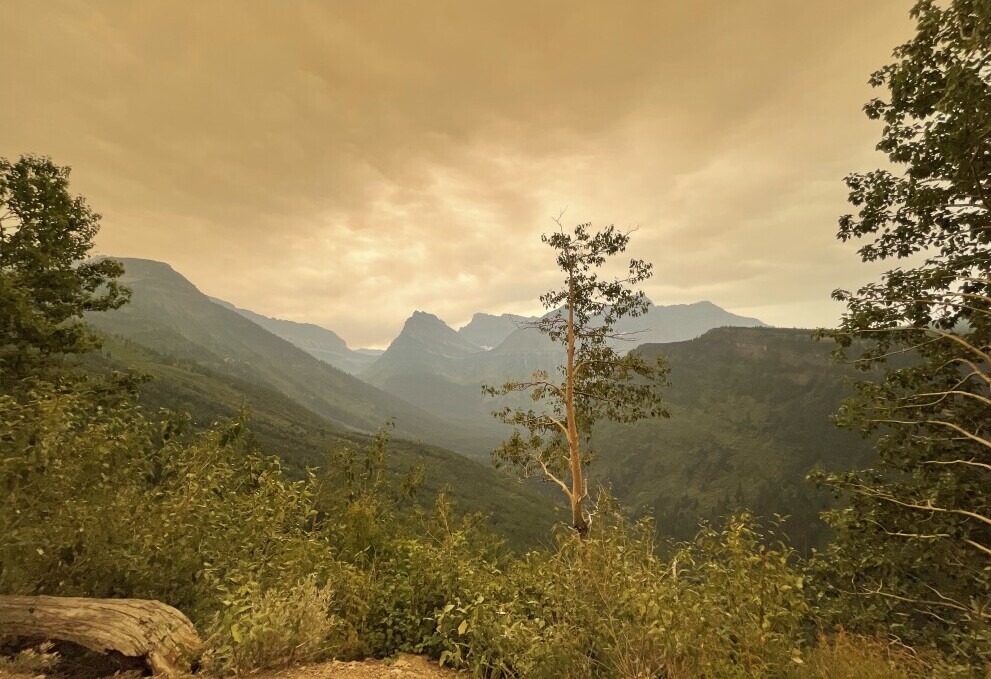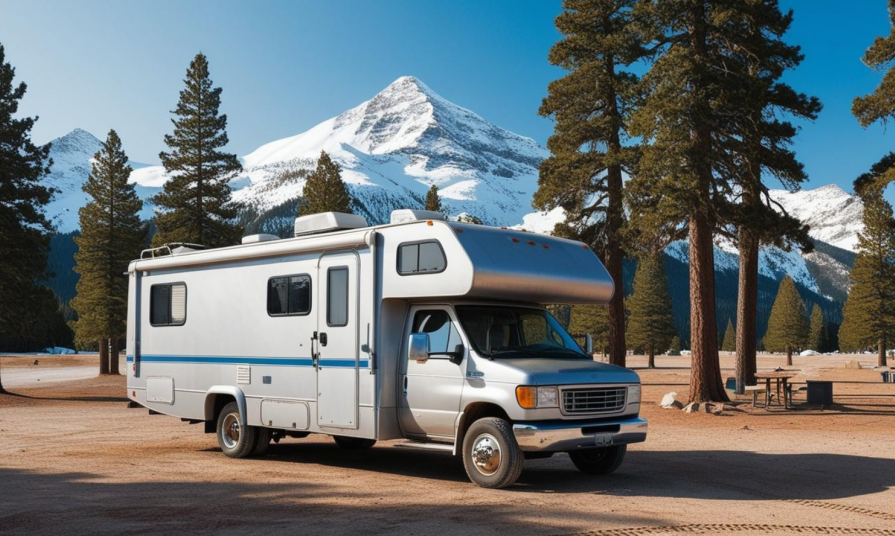Camping in the USA isn’t just about pitching a tent; it’s a unique cultural experience that combines adventure with tranquility. From rugged mountains to tranquil beaches, the diversity of landscapes offers countless spots to explore. This vast range of choices turns camping in the US into an irresistible pursuit for both locals and adventurers from across the globe.
Before setting off on your next trip, it’s important to understand the camping options available. In the US, you can choose from national parks, state parks, local spots, national forests, and even private lands. Each type of location provides a different vibe and camping experience, ranging from highly structured and amenity-rich to raw, off-the-grid adventures.
Camping’s got rules, too, folks. Not everywhere is free game for a sleepover. ‘Dispersed camping’ is a term folks use when you can camp for free in certain areas like National Forests and BLM lands, but there’s still a decorum to follow. Leave No Trace is the golden rule—whatever you bring in, you take out. (Better yet, grab a bag and take our more than you brought in!) Plus, some spots require permits, so doing a bit of homework beforehand can make or break your experience.
When it comes to preparation, it’s all about being ready for the unexpected while ensuring comfort. Whether it’s grabbing the right gear from your checklist or loading up with enough supplies, a smooth camping trip is all about planning. You wouldn’t want to find yourself in the middle of nowhere wishing for an extra blanket or a spare can opener.
America’s camping culture also taps into more than just hitting pause on digital chaos. It’s about connecting with nature and, often, disconnecting from Wi-Fi. So there’s beauty in the unplanned moments—bumping into a hidden trail or finding a perfect lake for a silent morning. That’s where the real magic of camping unfolds.
National Parks: The Crown Jewels of American Camping

National parks are the iconic heart of the camping world in America, offering some of the most awe-inspiring natural landscapes. These parks are not just spots on a map; they’re destinations where history and nature collide. From the geysers of Yellowstone to the granite cliffs of Yosemite, each park offers its unique slice of wonder.
Camping in national parks often means you’ll need to secure a reservation well in advance, especially during peak travel season. These spots fill up quicker than a kid with candy, so it’s all about timing. Knowing when to book and which sites to target can save you a lot of hassle.
When it comes to activities, national parks don’t disappoint. Whether you’re into hiking, kayaking, or just enjoying a guided tour, there’s something for everyone. And, of course, who can resist a night under the stars after a day of adventure?
Now, the rules here are a bit more rigid compared to, say, national forests. There’s a strong emphasis on conservation, so you’ll often find restrictions tailored to protect the ecosystem. Understanding these rules will not just keep you in good standing, but they guarantee that these treasures remain pristine for generations to come.
If you’re driving an RV, national parks can be a mixed bag. Not all parks have facilities to accommodate them, and some roads might be a tad too narrow for comfort. It’s crucial to check in advance so your majestic roaming isn’t met with a roadblock. Many parks provide detailed guidelines on their websites about suitable parking and camping areas for larger vehicles.
State and Local Parks: Hidden Gems and Community Spots
State and local parks across America offer laid-back, accessible options for anyone looking to enjoy the outdoors without the national park crowds. These parks often fly under the radar but pack just as much charm, making them perfect for a more intimate camping experience.
One of the best things about camping in state and local parks is the variety they offer. You can find parks nestled in forests, along rivers, and even just outside bustling cities. Each park is unique, much like having a surprise mini adventure every time you visit a new one.
Budget-wise, state parks can sometimes be a win. They often come with lower fees compared to national parks, making them a sweet deal for camping on a shoestring budget. Still, these places can fill up fast, especially during holidays or community events, so it’s wise to keep an eye on their booking websites.
Many state parks organize events or activities that add a dash of local flavor. From ranger-led programs to seasonal festivals, there’s often something extra to enjoy beyond just setting up camp.
Before packing up the car, remember each park has its own set of rules and permit requirements. Some might need you to sign up for a camping permit, while others could have specific regulations about fire use or pet restrictions. Checking these in advance makes life a lot easier.
Overall, state and local parks make excellent destinations for quick getaways or extended stays. They provide a welcoming atmosphere and are often less stringent than federal land, opening up lots of opportunities for exploring at your own pace.
Off the Beaten Path: Wilderness Camping Options
Camping away from main roads and organized sites presents a different level of adventure, known as dispersed camping. This approach allows campers to truly embrace the wilderness in places like National Forests and Bureau of Land Management (BLM) lands. These areas provide unmatched freedom and solitude for those looking to escape the grind.

Dispersed camping gives you the chance to camp outside of developed areas. There’s no need for a formal campsite reservation; just pick your spot responsibly and set up camp. It’s important to know that these areas are generally lacking in facilities, so come prepared with all the essentials, like drinking water, waste bags, and sturdy camping gear.
When venturing into these remote areas, the Leave No Trace principles become critical. Since there’s no staff to manage the grounds, it’s up to each camper to maintain the beauty and integrity of the land. Pack out all trash, respect wildlife, and be mindful of any fire restrictions, especially during dry seasons.
Some states are better than others for this kind of camping freedom. States like Nevada, Utah, and Arizona have vast stretches of public land where dispersed camping is welcome. However, rules can still vary, so it’s a smart move to check local regulations or visitor centers for the latest info.
RV owners can also take advantage of dispersed camping, but with a note of caution. Not all areas are RV-friendly, and roads can be tricky. Always scout ahead if possible and make sure your RV can handle the terrain. Checking maps for road conditions ahead of time can prevent any unwelcome surprises.
Navigating Private and Tribal Lands for Memorable Stays
Camping on private and tribal lands offers an enriching experience, connecting adventurers with local communities and unique cultural landscapes. However, accessing these areas often requires permission, and sometimes a fee, given they aren’t publicly managed like state or federal lands.
Private landowners might open their doors to campers through platforms like Hipcamp, BoonDockers Welcome or direct agreements. These spots frequently feature more amenities than public lands, like showers or Wi-Fi, enhancing comfort. It’s like blending traditional camping with a bit of glamping flair.
For those interested in a richer cultural experience, tribal lands provide a unique opportunity to learn about indigenous heritage. While camping on these lands, respecting customs and regulations is key to a harmonious stay. It’s always a good strategy to contact tribal authorities for guidance on sites available for visitors.
Parking an RV on private or tribal lands isn’t straightforward. Check specifics about vehicle accommodations, as not all locations cater to larger setups. With the right information, you can enjoy a hassle-free process and a memorable stay.
Booking in advance for these sites is often advisable to ensure availability. Some lands limit visitor numbers to maintain privacy and protect the environment, so having a reservation acts as a crucial reassurance.

Thanks for sharing such an awesome piece on camping in the USA! It’s amazing how diverse the landscapes are, offering everything from rugged mountains to tranquil beaches. Your breakdown of the different camping options is super helpful for anyone planning their next adventure. State and local parks are hidden gems. I once camped at a state park near a river, and it was such a peaceful escape without the crowds. Plus, the lower fees were a nice bonus!
Thank you so much for your kind words! I’m glad you found the post helpful. State and local parks truly are hidden gems, and it’s great to hear you had such a peaceful experience at one near a river. I agree, the lower fees and more tranquil surroundings are definitely a big plus. Wishing you many more amazing camping adventures!